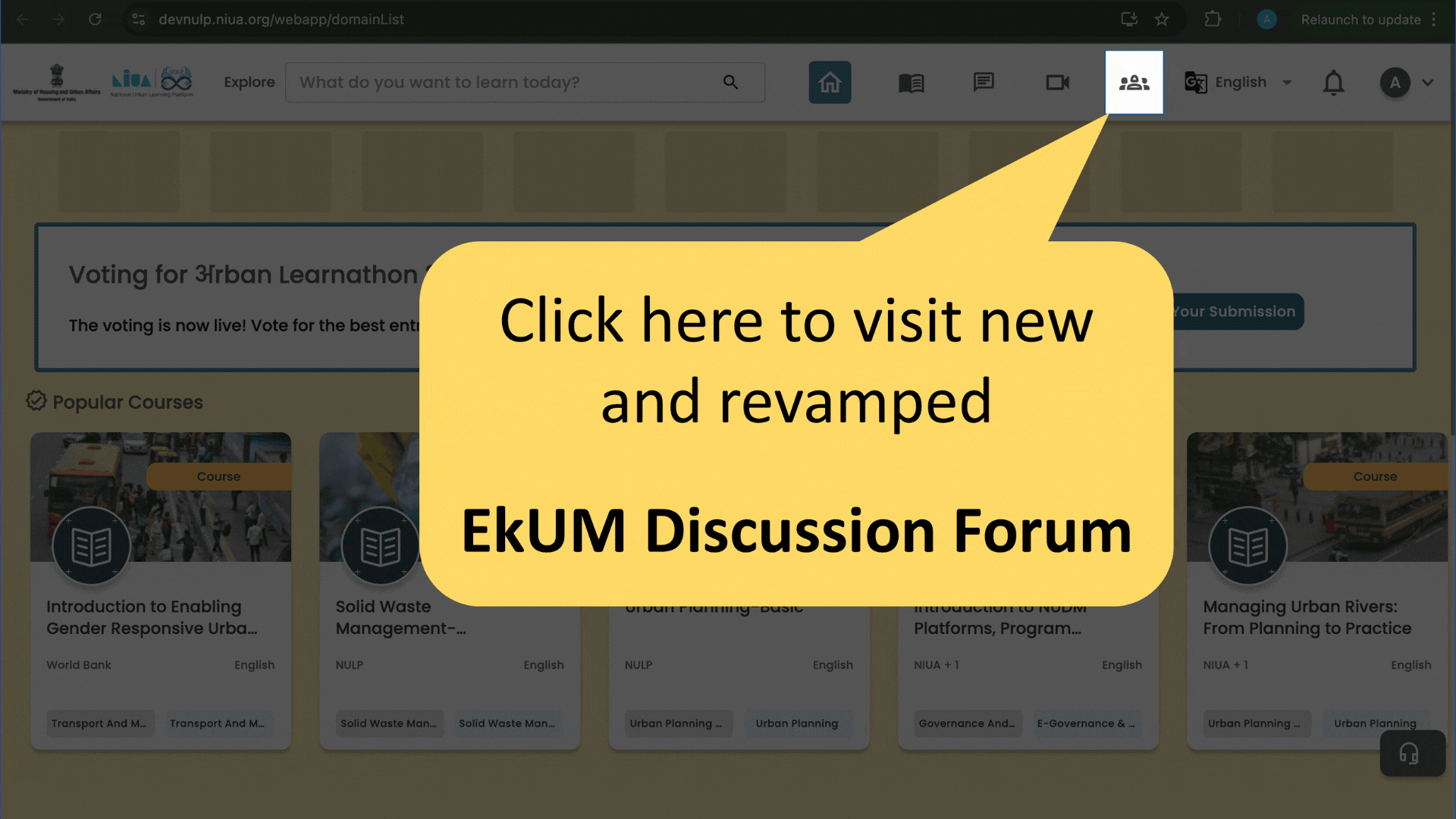Preventing school dropouts among children of migrant workers requires a holistic, inclusive, and community-based approach. These children face unique barriers such as language differences, unstable housing, lack of documentation, and economic pressure to work. While the exact strategy may vary by city, the following multi-pronged interventions are widely regarded as effective best practices:
⸻
🏫 1. Flexible and Inclusive Schooling
✅ Bridge Schools / Special Learning Centers
• Purpose: Provide transitional education to children who have missed formal schooling.
• Best Practice:
• India’s National Child Labour Project (NCLP) and NGOs like Pratham run bridge courses to mainstream migrant children.
✅ Mobile Schools / Education Vans
• Purpose: Reach migrant children in transit sites, slums, or construction areas.
• Best Practice:
• Door Step School (Pune & Mumbai, India) operates mobile classrooms to bring education directly to construction sites.
✅ Evening or Seasonal Schools
• Purpose: Allow flexible hours for children who work during the day or migrate seasonally.
• Best Practice:
• In Bihar and UP, seasonal hostels and evening schools accommodate agricultural migration patterns.
⸻
🛂 2. Documentation & School Admission Reform
✅ Relaxing Admission Requirements
• Action: Allow enrollment without birth certificates, proof of address, or transfer certificates.
• Best Practice:
• Right to Education Act (India) mandates no child be denied admission due to lack of documents.
✅ Migrant Child Education Tracking Systems
• Purpose: Create portable student records across states and schools.
• Best Practice:
• U-DISE (Unified District Information System for Education) in India can be enhanced to include migrant tracking.
⸻
👩🏫 3. Language and Learning Support
✅ Multilingual Education
• Action: Offer instruction in the child’s mother tongue or provide bilingual teachers.
• Best Practice:
• Delhi Government Schools employ community volunteers from migrant backgrounds for language bridging.
✅ Remedial Education Programs
• Action: Catch-up programs to fill foundational learning gaps.
• Best Practice:
• Learning Camps by Pratham use activity-based learning to improve literacy and numeracy quickly.
⸻
👨👩👧 4. Parent and Community Engagement
✅ Awareness Campaigns
• Action: Educate migrant parents about the value of consistent schooling.
• Best Practice:
• Community mobilizers go door-to-door to encourage school enrollment and attendance.
✅ Parent-Teacher Meetings in Migrant Languages
• Action: Build trust and understanding with families.
⸻
💼 5. Incentives and Support Services
✅ Midday Meals & Free Supplies
• Impact: Reduce the financial burden of schooling.
• Best Practice:
• National schemes like India’s Mid-Day Meal Program improve attendance and retention.
✅ Transportation or Residential Hostels
• Purpose: Provide safe and stable environments for continued schooling.
• Best Practice:
• Seasonal Hostels for children of sugarcane harvesters in Maharashtra reduce dropout during migration months.
⸻
👮 6. Policy & Legal Support
✅ Child Labour Law Enforcement
• Prevents children from being forced into work, ensuring they stay in school.
✅ Inter-state Coordination for Migrant Children
• Best Practice:
• The Interstate Migration Policy Index in India recommends collaboration between origin and destination states for seamless education access.
⸻
🏙️ Urban-Level Best Practice Example
Ahmedabad Municipal Corporation (Gujarat, India)
• Set up on-site schools at construction sites.
• Appointed local Education Volunteers from within the migrant community.
• Partnered with NGOs like Aajeevika Bureau for migration-linked education tracking.
